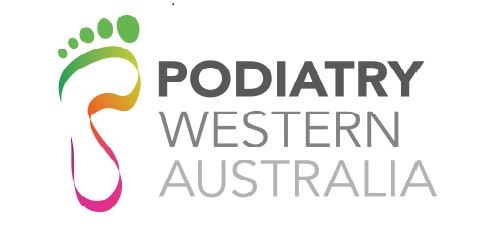Children’s feet
Children’s feet change as they grow. There are some common conditions that affect children and should be seen by a professional to make sure they don’t become too much of an issue and make walking and activity painful. On this page, we discuss:
- Ingrown toenails
- Corns and callus
- Flat feet
- Orthotics
Ingrown Toenails
Ingrown toenails are one of the most common complaints that podiatrists are asked to treat.
It can be very painful condition and because of fear of surgery many people put off seeking treatment until the nail has deteriorated to a chronic state. Many ingrown toe nails can be treated without the need for surgery, although conservative measures may mean that you have to visit a podiatrist at regular intervals. If surgery is required, it is very likely that it can be done without the need for admission to hospital. Many ingrown nails can be treated surgically in a podiatrist’s rooms with the procedure taking an hour or less.
TREATMENT
The procedure carried out by podiatrists is to remove the ingrown part of the nail under a local anaesthetic. To stop the offending part from regrowing, a chemical is applied to the tissue from which the nail grows. This method leaves no scar on the skin and leaves most of the nail in place resulting in a good cosmetic appearance. Healing is slightly slower by this method, but there is usually less post-operative pain than with other procedures.
If you have pain in your toe nails see your podiatrist, the treatment may not be as bad as you might imagine.
Corns and Callus
The skin is able to protect itself from pressure by growing more quickly, forming a thick outer layer. Sometimes the pressure is too high and the outer layer of skin becomes so thick that it acts like a foreign body on the skin. This is a callus.
A focus of pressure within the callus can occur causing a hard plug of skin to form and this is a corn.
CAUSES
Corns and calluses are the body’s protective mechanism gone wrong. Because corns and callus form on the dead outer layer of the skin there is no “root”.
TREATMENT
A podiatrist will treat corns and calluses by debriding or paring the callus and removing the centre of the corn. Pads are often used to reduce the friction and pressure of the corn. The podiatrist will also discuss the type of footwear most likely to cause corns or calluses and in some extreme cases prescribe orthotics to reduce excessive weight bearing forces on the foot. The podiatrist will finally devise a treatment plan that will include the following:
- Recommend regular treatment
- Suggest a softening cream
- Advise on self care
- Give footwear advice or prescribe special footwear
- Provide padding devices to take the pressure of the painful area
- Analyse the pattern of walking and prescribe functional orthoses to help correct it.
- Refer for a surgical remedy
- Flat Feet
- Many babies naturally appear flat-footed and usually this will disappear as the baby begins to stand and walk. Children with flat feet, or low arches may not be able to keep up with other children because of the added strain on feet and legs.
CAUSES
There is no way of giving a child an arch if they have a true flat foot but may children who appear flat-footed have a normal arch but flatten it when they stand. This movement is called ‘pronation’ and may be cause a variety of painful symptoms, make the child tire easily or have problems with gross motor skills. If a child is pronating his/her feet orthotic devices may be useful to improve foot movement and relieve any painful symptoms.
TREATMENT
It is important to discuss your child’s mobility and footcare problems with a podiatrist who can advise which service or professional support is most appropriate to your needs. The podiatrist, after assessing your foot function may recommend orthoses or insoles to help relieve foot pain and discomfort.
Orthoses (Orthotic devices)
Orthotic devices can be used to maintain proper foot support. They are made of plastic and must be remade as the child grows older. Orthoses help to realign the foot and distribute body weight evenly. They can be used for all for a variety of problems including pain, poor stability and gross motor problems. These devices are not simple arch supports and need to be custom-made for each individual.
The Podiatrist, after assessing your foot function may recommend orthoses or insoles to help relieve foot pain and discomfort.
